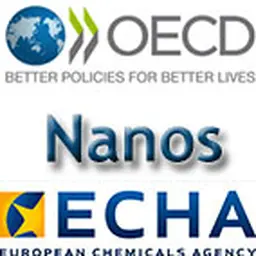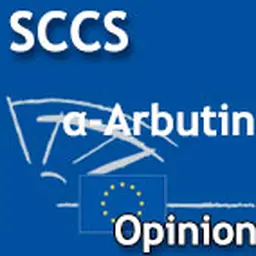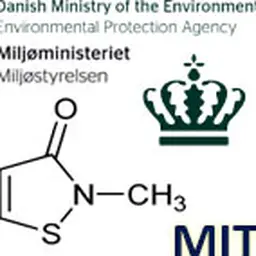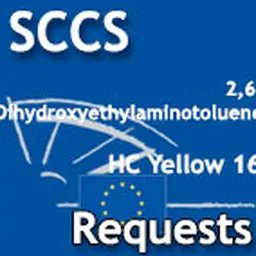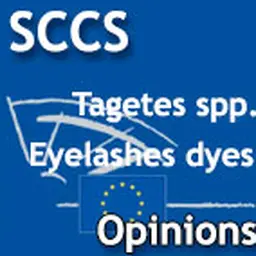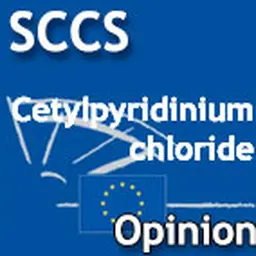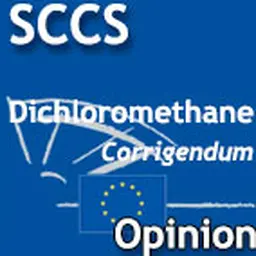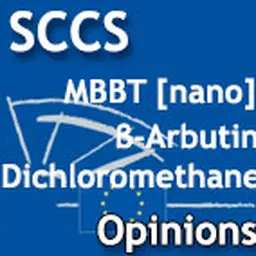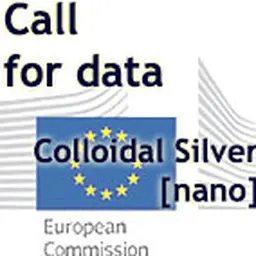
To know whether you should notify and label a nano ingredient, you should actually know if it is a nano – and be able to test it so that it can be characterized. This is a real challenge, given the analysis techniques and methods available today. On the day dedicated to nanomaterials and cosmetics organized by LNE last March 29, Georges Favre, Director of Institut LNE-Nanotech, presented the road map to characterize ingredients without making any mistake.
As an introduction, Georges Favre reminded that what applies to all substances used in cosmetics also applies to nanomaterials. Reliable physico-chemical data are essential to:
• Control your raw materials
• Optimize product performances
• Implement an adapted quality control approach
• Know perfectly well the substances used as part of the safety assessment
• Meet regulatory requirements
But ‘characterizing nanomaterials is a very complex exercise, and it involves many traps!’ he warned.
A complex exercise
The thing is, many parameters (shape, size, size distribution, structure, composition, surface chemistry, surface charge, agglomeration state, concentration…) should be taken into account to characterize nanoparticles.
Today, there are several techniques available on the market to obtain most of these parameters, but for a given parameter, each of them does not exactly measure the same thing. This means each of them provides different information, which makes it difficult to compare the data they produce, including for the same parameter.
In addition, other factors are to be considered, which complicates things even more. As an example, Georges Favre mentioned a study conducted in 2014. For a nano silica, and using the same analysis techniques, including those considered the most reliable, different laboratories got most varied …

